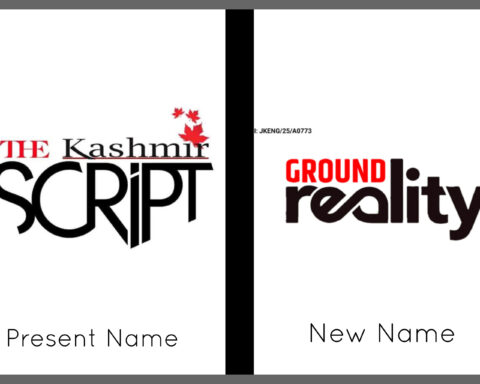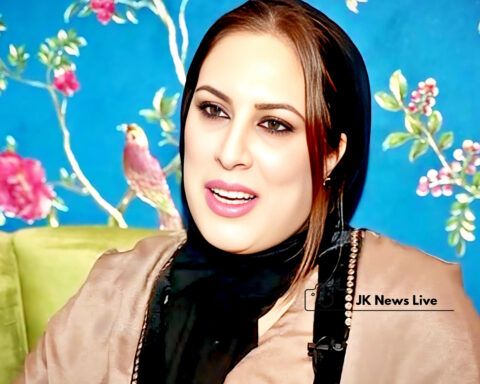Mushtaq Bhat
Kashmir is renowned for its stunning natural beauty especially in the winters when snow covers the whole valley in a blanket of white. As the Snow falls, a sense of tranquility envelopes the region. Snow is part of Kashmir’s identity, culture and lifestyle. It brings merri ment and miseries for the people of this region. Nevertheless other than beauty, snow brings with it an unwelcomed state of misery, and struggle. The intense cold wave grips the region leading to the freezing of water bodies as well as water supply lines. Infact everything underwent lapse and comes to a full stop.The season force the people to put on extra clothes and material to stay warm.
With electricity supply erratic people resort to the use of Kangri, an earthen firepot, to beat the chill. It adversely affects the daily routine of locals, especially in hilly areas. Even people in cities suffer in a variety of ways.
However winter is one of those rare blessings from God that makes Kashmir unique and beautiful but kashmir is witnessing a decrease in snowfal every passing year. It’s impact can be observed like Dryness in winters, less rainfall in March and April, increased heat in summer which is quite alarming. It is evident that climate change- induced sign of things has undoubtedly affected snowfall that will lead to social, economic, and even humanitarian issues in the future.
In Kashmir, snowfall in winter is as anticipated as the monsoon is in mainland India. Not only is it essential to ensure the water supply in the Himalayan region, the economy of Kashmir – where 70% of the people associated with agriculture and its allied sectors for livelihood – depends heavily on a good winter.
This adage was once a ubiquitous part of Kashmiri culture, with children often reciting a variation of the phrase:
Shinah, Peto Peto, Mama Yito Yito.
Climate change, deforestation, Urbanization and pollution are considered contributing factors to the declining snowfall in Kashmir, as indicated by various studies.This gives a clear image of how global warming is adversely affecting us. Rajeevan tells DH. “Such trends are expected in the next 30-40 years, and we need strategies to cope because the decline in snowfall will effect water reduction in hydroelectricity, drinking water supply, crop production and increase in forest fires, and agricultural drought. In Kashmir there are several rivers like lidder river in Pahalgam, Shaliganag in Doodhpathri, doodhganga in yousmarg, and waterfalls. The main source of all these rivers, canals are the glaciers. Glacies are the snow covered mountains that cater water to rivers, for drinking purposes, and keeps the surrounding during summers cold and charming. Snow keeps the soil moisture and has immense benefits.
The current situation of decline in snowfal is a serious sign which would have adverse consequences.Experts fear that this prevailing trend is going more frequent in the future which is a threat to human life.
The author can be mailed at [email protected]








